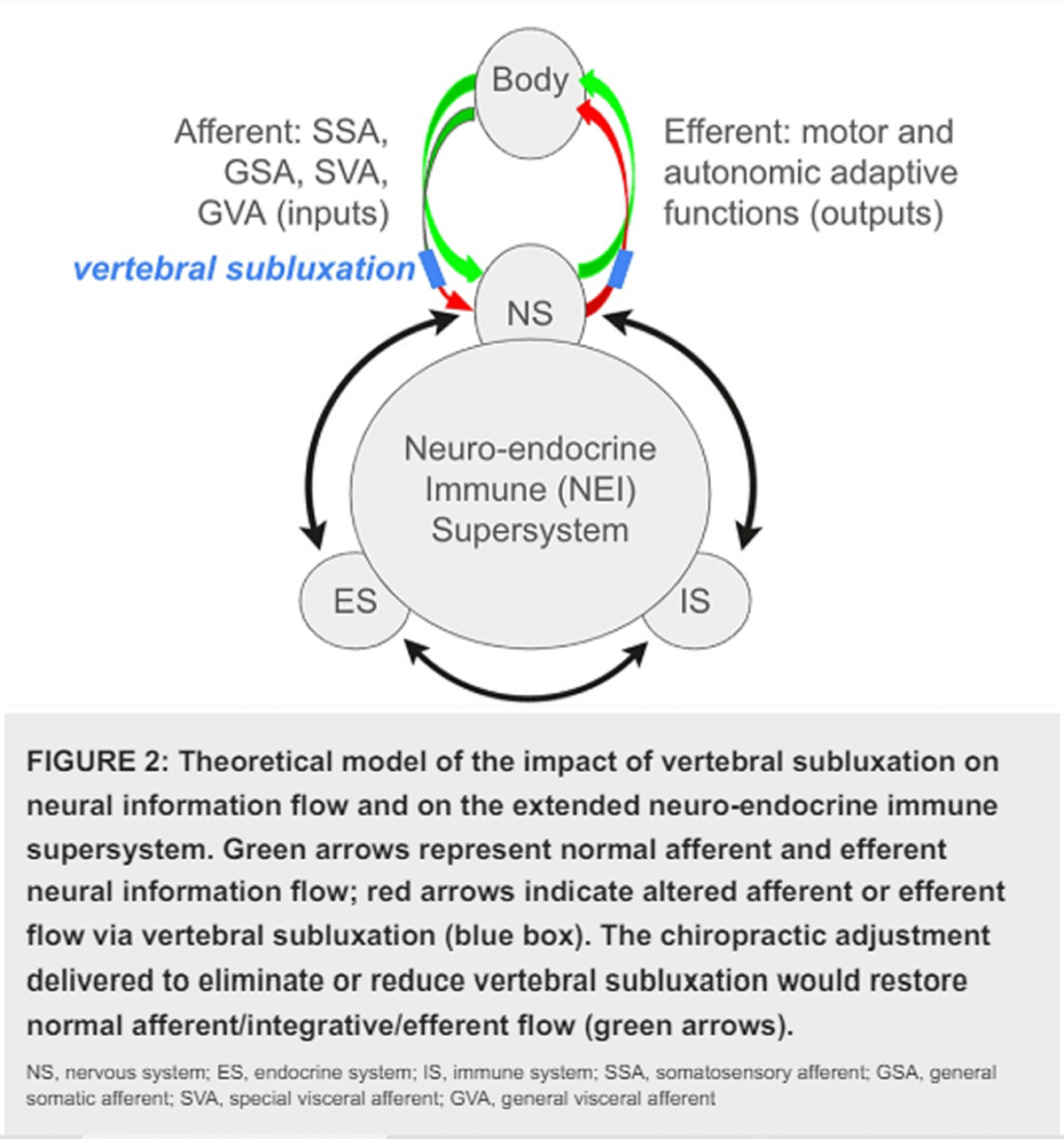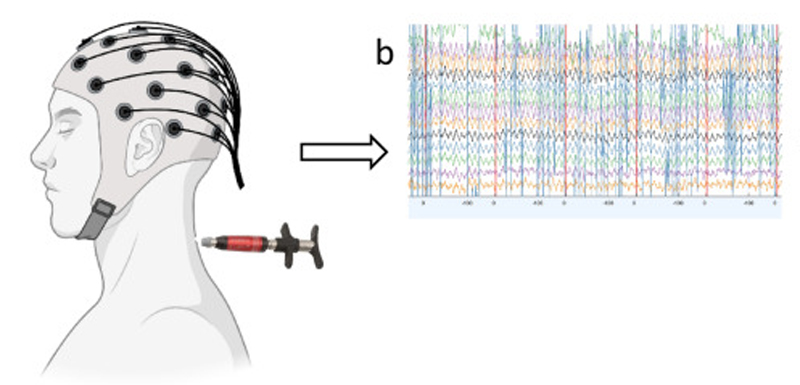The Vertebral Subluxation Syndrome
SOURCE: Dynamic Chiropractic
By Meridel I. Gatterman, MA, DC, MEd
The term subluxation has been used to describe the lesion treated by chiropractors since its inception. D.D. Palmer [1] described it in 1910 as “a partial or incomplete separation, one in which the articulating surfaces remain in partial contact.” Because of confusion by other professions, some within the chiropractic profession would have us abandon the term.
Others have promoted a teaching paradigm: the vertebral subluxation complex (VSC), which has grouped various components in a model focused around the dynamic component of the subluxation. Based on the works of Homewood, [2] Janse, [3] and Faye, [4] this model began being taught at CMCC in the mid-1970s and was later popularizing through the Motion Palpation Institute. [5] Other authors have revised Faye’s early model. The vertebral subluxation complex forms a paradigm for teaching the basic principles of chiropractic theory. By taking the VSC model one step further, the vertebral subluxation syndrome can be used to describe the primary clinical entity treated by chiropractors. [6-9]
Syndrome has been traditionally used to describe the aggregate of signs and symptoms associated with any morbid process and constituting together the picture of disease. [10] The focus for chiropractors today should not remain the terminology used to describe the vertebral subluxation syndrome, but rather the specific mechanisms whereby this complex aggregate of signs and symptoms is produced by altered spinal joint motion.
Recently, the primary fibromyalgia syndrome has replaced the controversial term fibrositis used to describe a condition that has been written off as psychological at best, with the physiological manifestations either denied or ignored. [11] When the multiple complaints and varied systemic complaints of this condition were recognized as a syndrome, objective investigation was fostered to the benefit of the many patients suffering from the condition.
Viewing the classic chiropractic subluxation in a similar manner would allow us to develop and objectively test the diagnostic features of the vertebral subluxation syndrome.
There are more articles like this at our:
SOURCE: Read the rest of this Full Text article now!





Leave A Comment